Cooperation in research and transfer of technical advances in durian cultivation in the period 2025 - 2030. The goal of the cooperation program is to research and coordinate the treatment of Cadmium and other residual chemicals in the soil; develop a set of technical standards for Dak Lak durian; research on varieties and optimal ecological zoning for durian in this province.
These two units will set up an action team to keep up with the progress, because Dak Lak will enter the durian harvest season in about 3 months. This is the locality with the largest area and output in the country with over 33,000 hectares, output reaching over 300,000 tons/year.
Recently, China (Vietnam's major durian consumer market) has issued warnings about Cadmium and O-yellow substances. Partners have requested new inspection certificates for imports.
Currently, the whole country has 9 centers and laboratories for testing gold O recognized by China, this is to meet the demand for testing goods for export. However, the root and key issue that many people are concerned about is: Where do Cadmium and gold O come from?
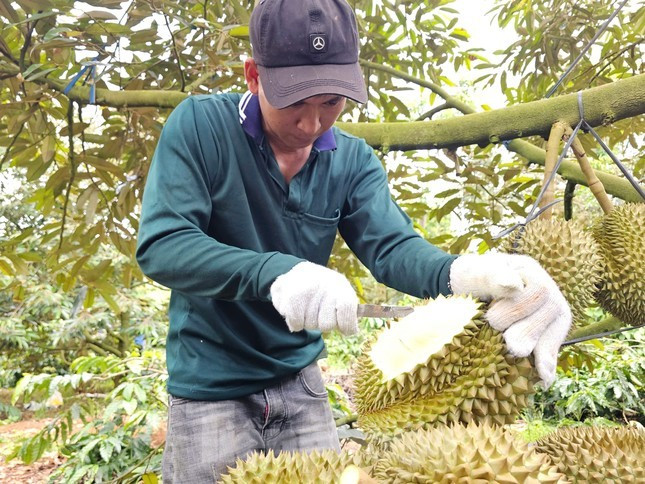
Mr. Nguyen Xuan Hoa - Head of the Department of Agricultural Systems, Wasi Institute - said that only when the cause of Cadmium or yellow O in durian fruit is found can there be a way to handle and completely overcome it. Mr. Hoa hopes that the cooperation between Wasi Institute and Dak Lak Durian Association will answer the above question.
Mr. Vu Quang Phuc - representative of Chung Bao Tin Group Joint Stock Company - said that the company has the most cargo in Dak Lak province with nearly 200 containers. According to Mr. Phuc, the problem that businesses are facing now is finding raw material areas that are not contaminated with Cadmium and heavy metals. Mr. Phuc is looking forward to the successful cooperation between Wasi and the Dak Lak Durian Association.
“When they test and announce which areas are not contaminated with Cadmium, heavy metals, etc., it will be very convenient for businesses to choose safe raw material areas,” said Mr. Phuc.
Mr. Phuc himself also encountered a situation where a batch of durian was found to contain yellow O. “We did not use any substance to dip the durian, but when we went to the border gate for inspection, we were informed that there was yellow O. We do not know where this substance comes from, so we really hope that specialized agencies will investigate, find the cause and find a solution,” Mr. Phuc added.
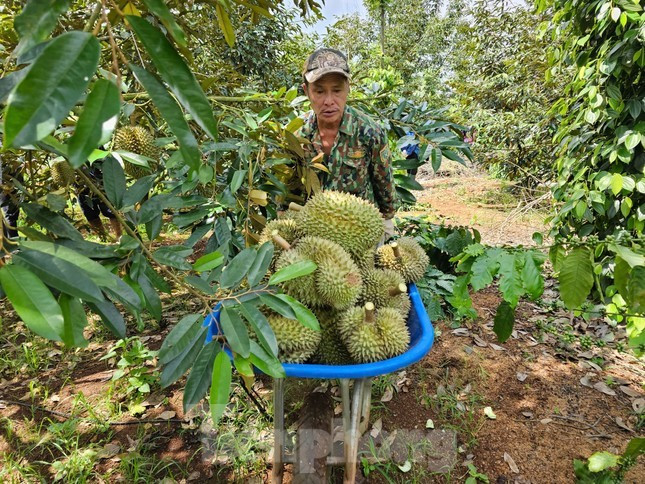
Mr. Le Anh Trung - Vice President of Dak Lak Durian Association - said: “We are still following the Chinese Protocol. Their requirements on plant quarantine or heavy metal residue are legitimate. The problem is that we must build a process of planting, caring, processing, packaging... that meets the standards of our partners. If we do not meet them, there is a high possibility that we will have to rescue durian. This is a paradox because the market demand is very large and their requirements are within our capabilities.”
Mr. Trung added that Thailand is also implementing a cooperation program like the Dak Lak Durian Association and the Wasi Institute. They have the commitment and support from the people and businesses.
According to Huynh Thuy (TPO)
Source: https://baogialai.com.vn/hai-don-vi-truy-chat-cam-trong-sau-rieng-post322938.html


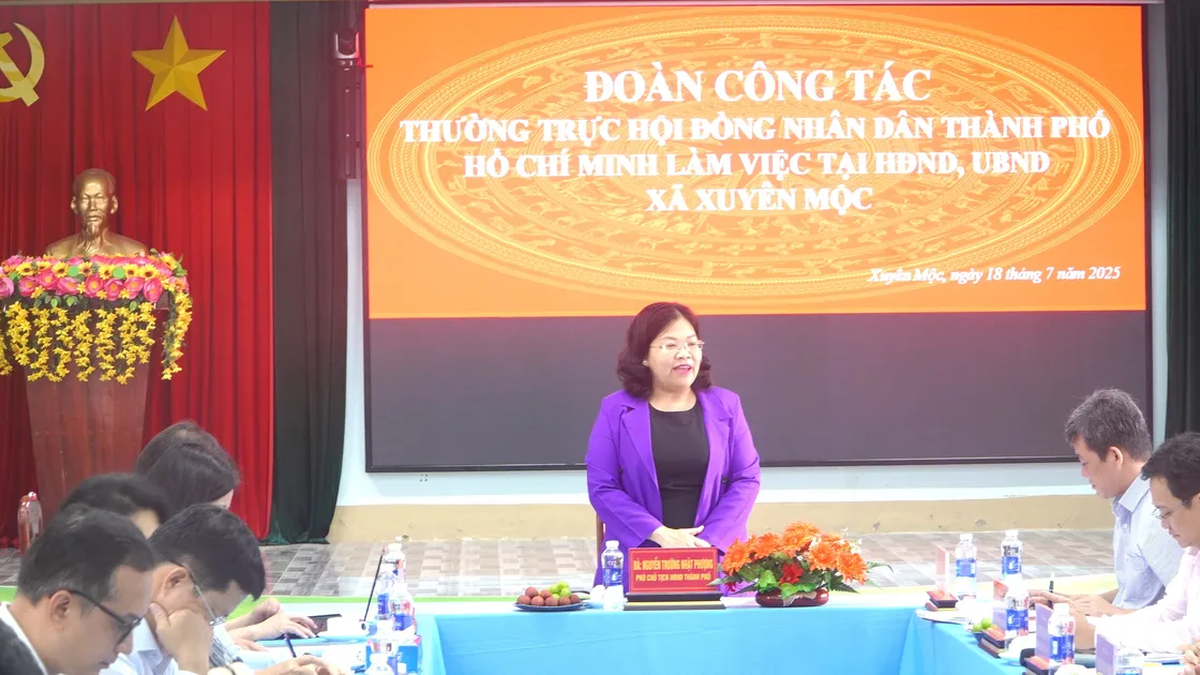
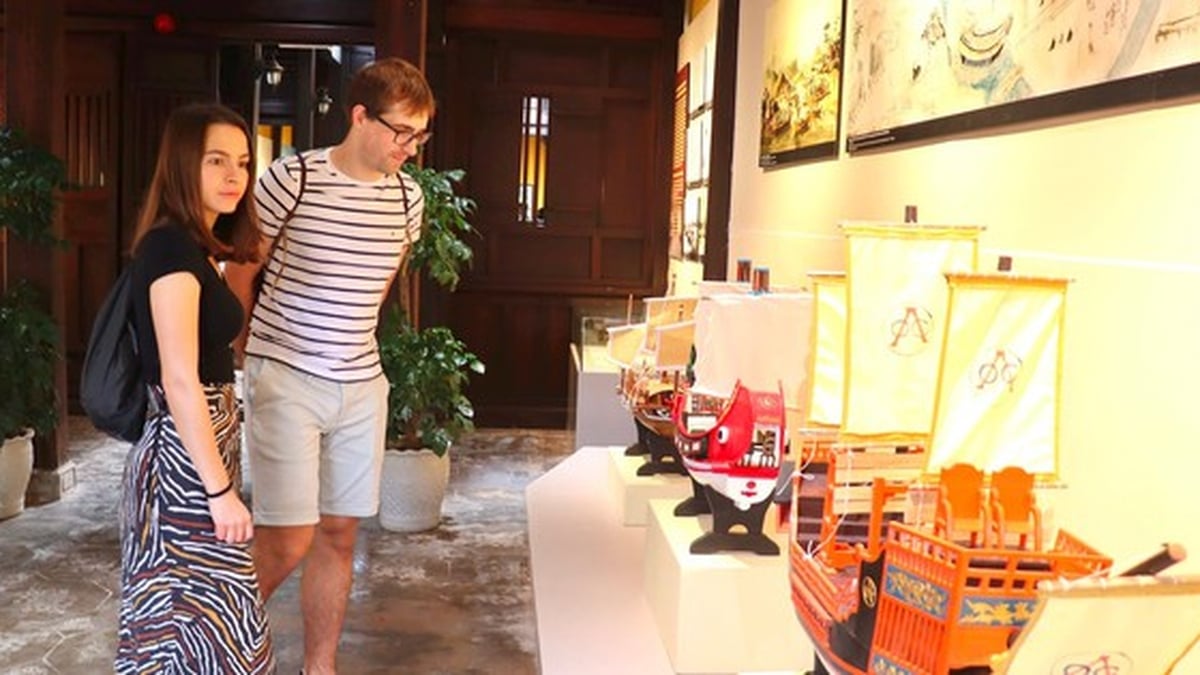


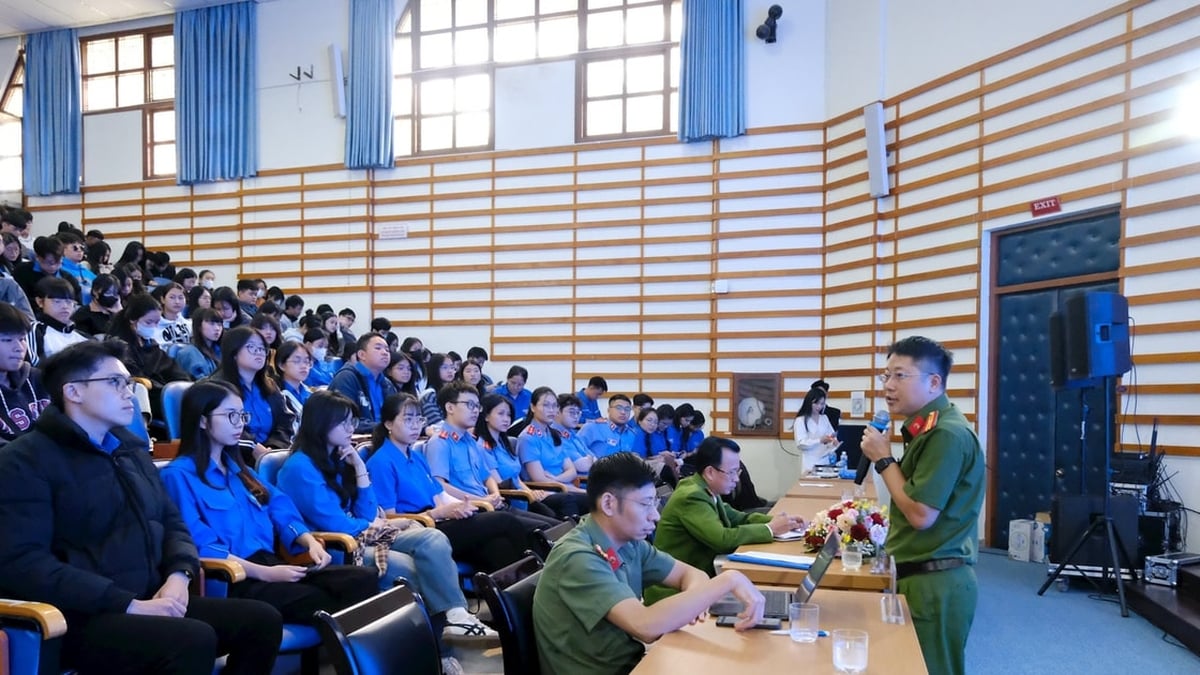
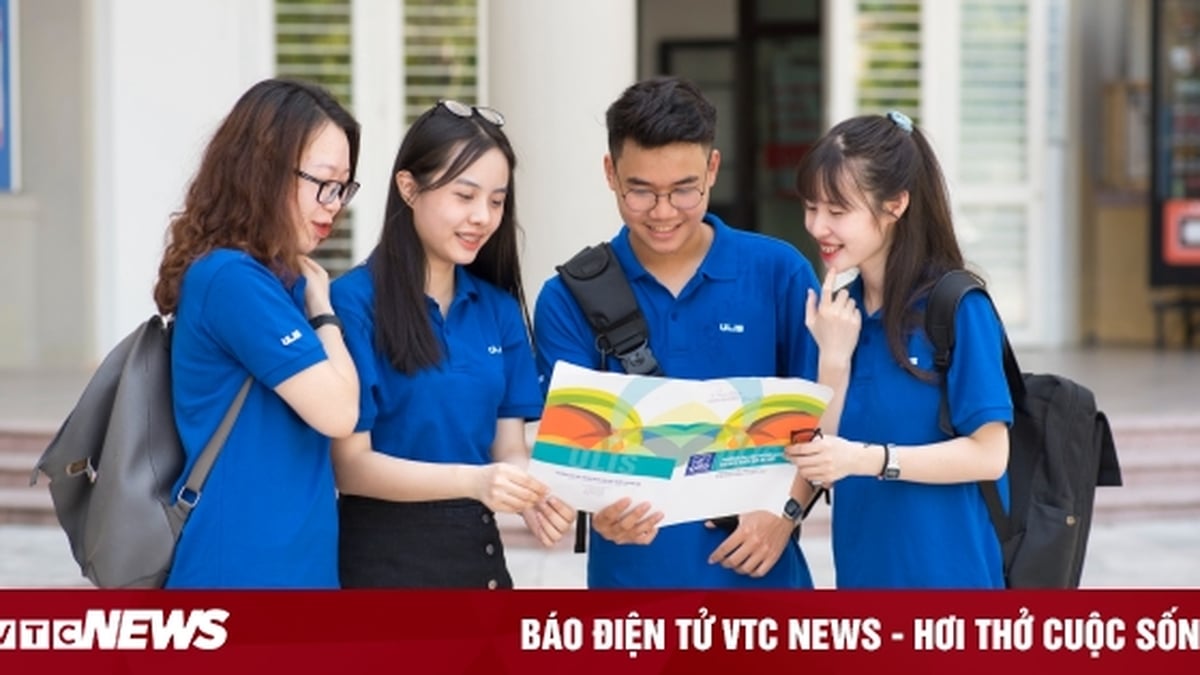
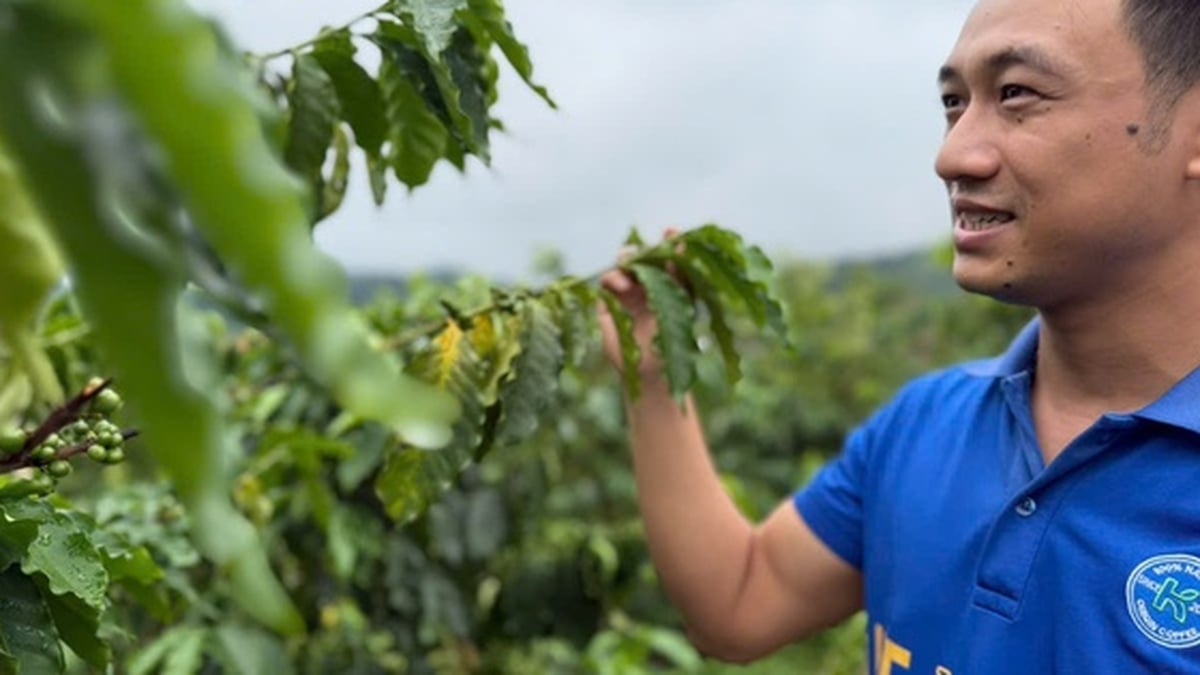
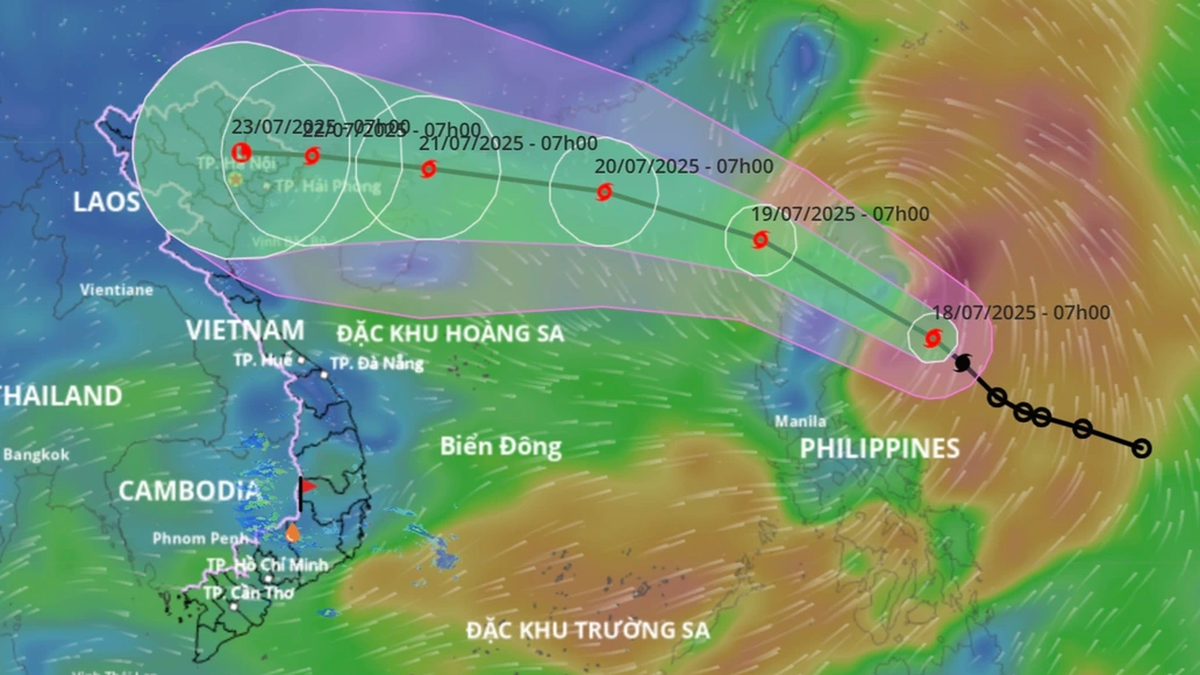
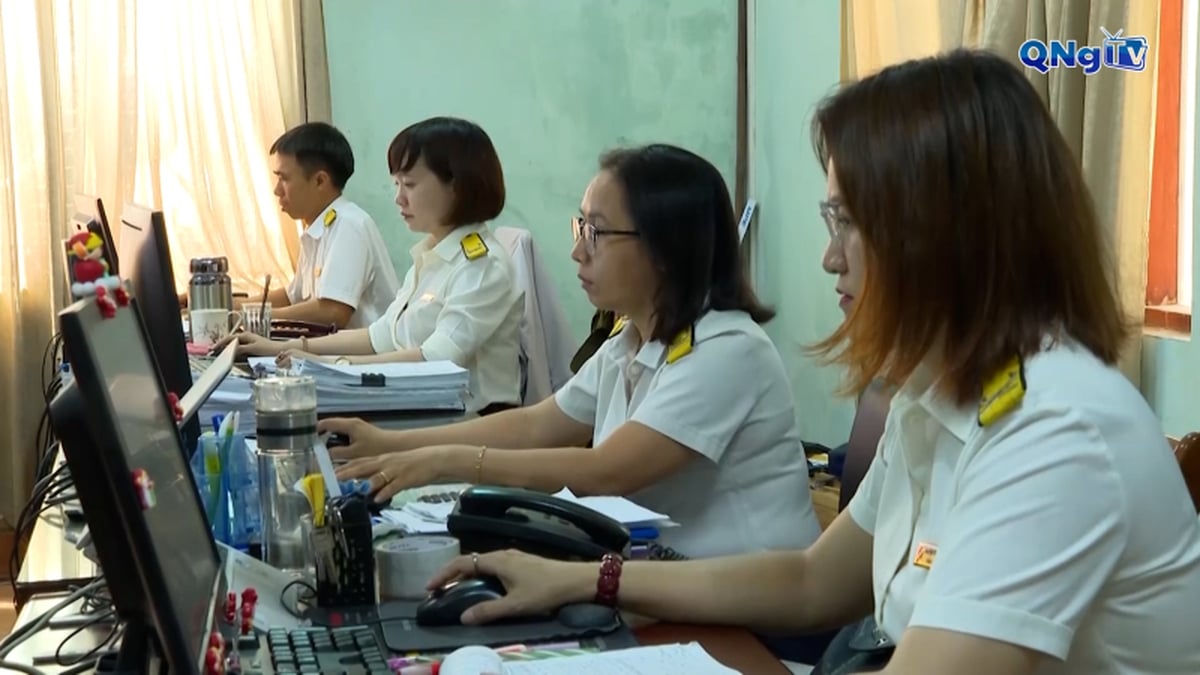
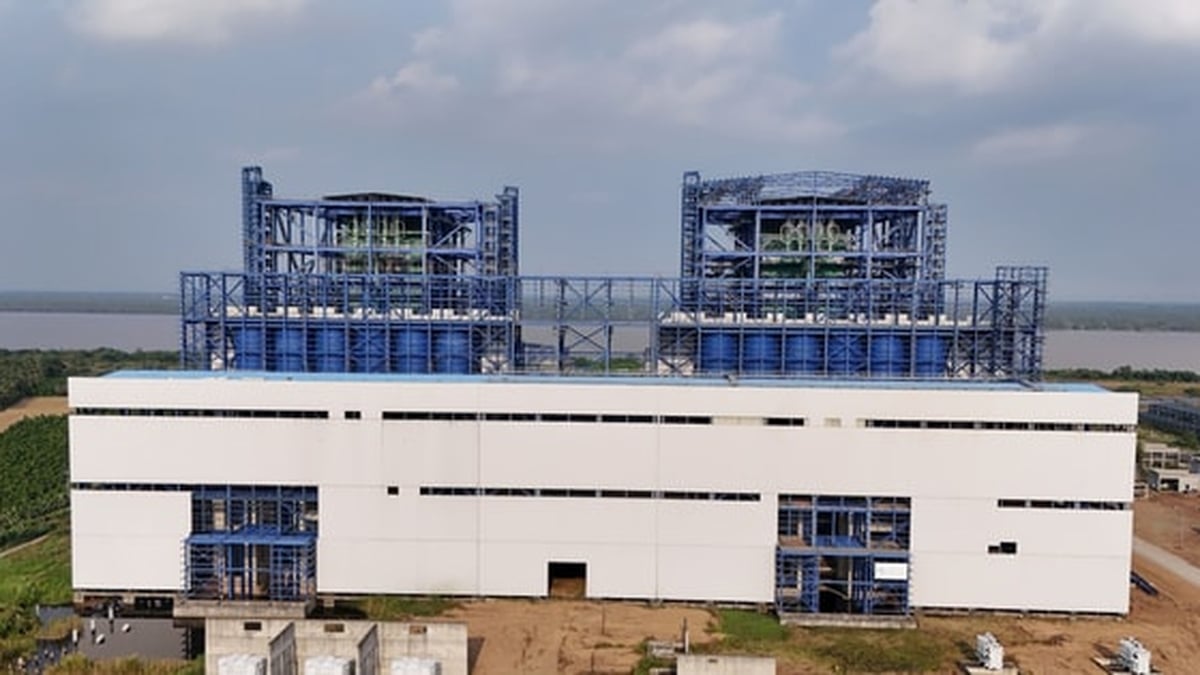
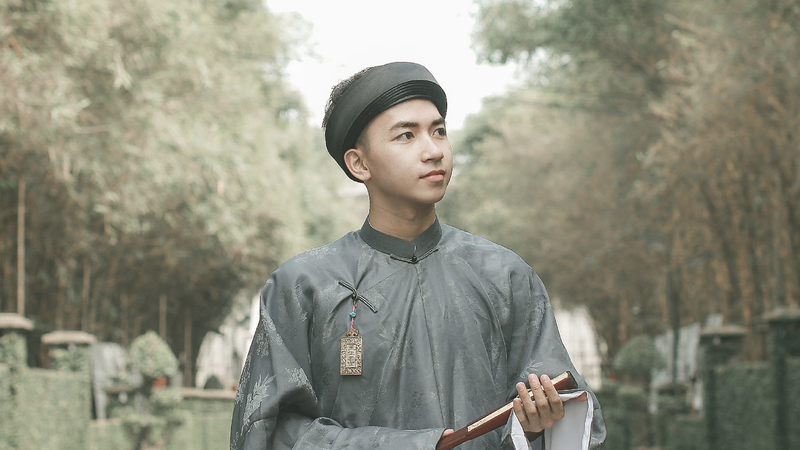


























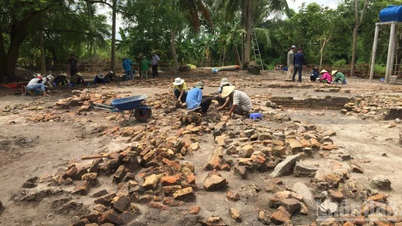
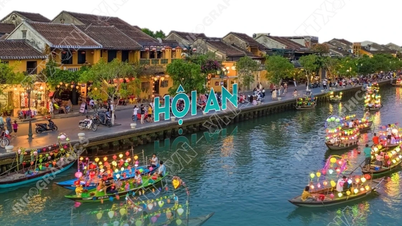













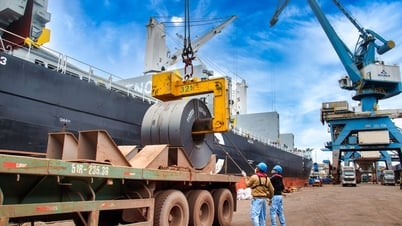



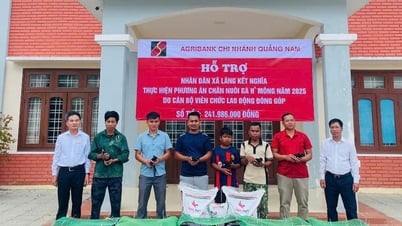

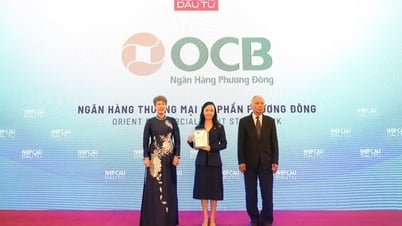
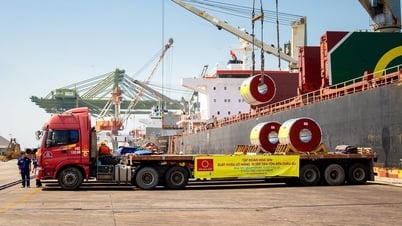
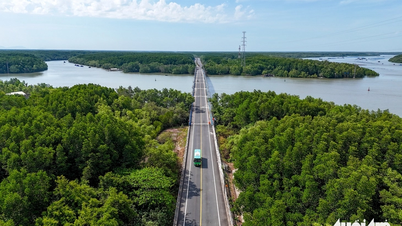


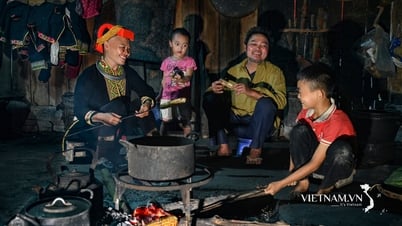
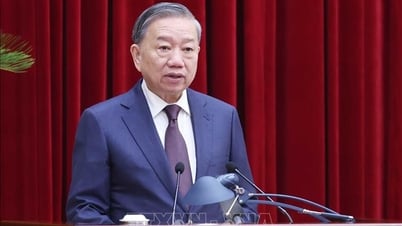

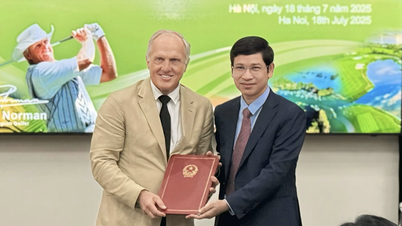

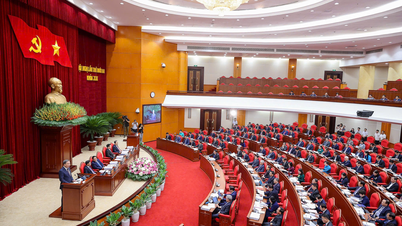





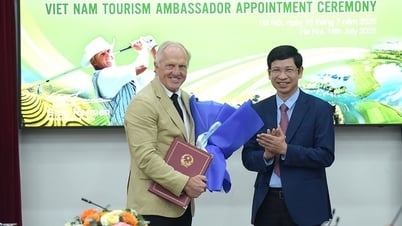


















![[Infographic] In 2025, 47 products will achieve national OCOP](https://vphoto.vietnam.vn/thumb/402x226/vietnam/resource/IMAGE/2025/7/16/5d672398b0744db3ab920e05db8e5b7d)
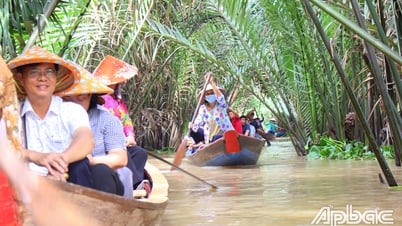


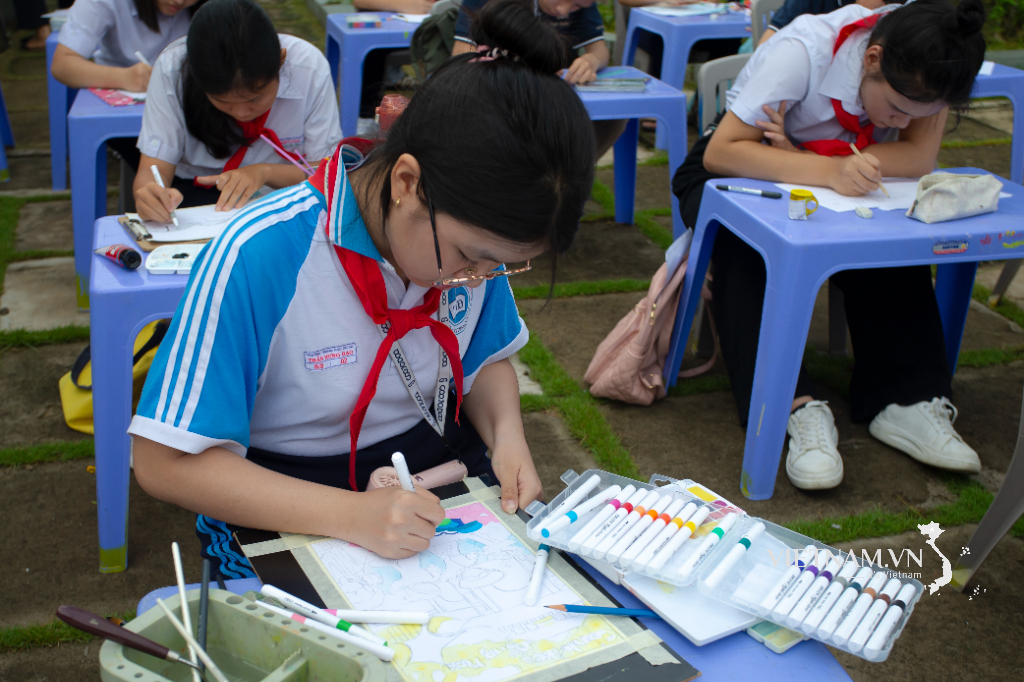



Comment (0)